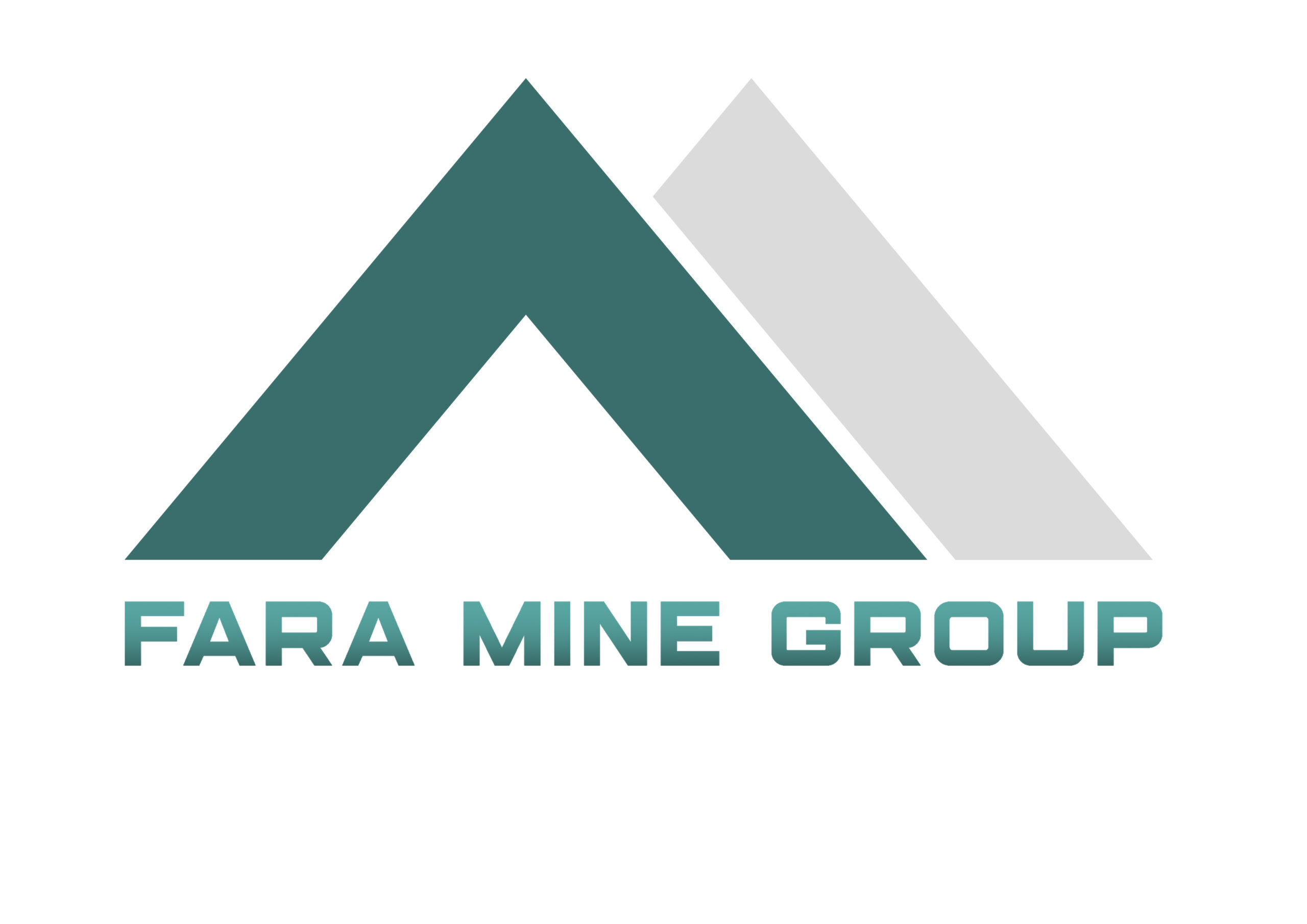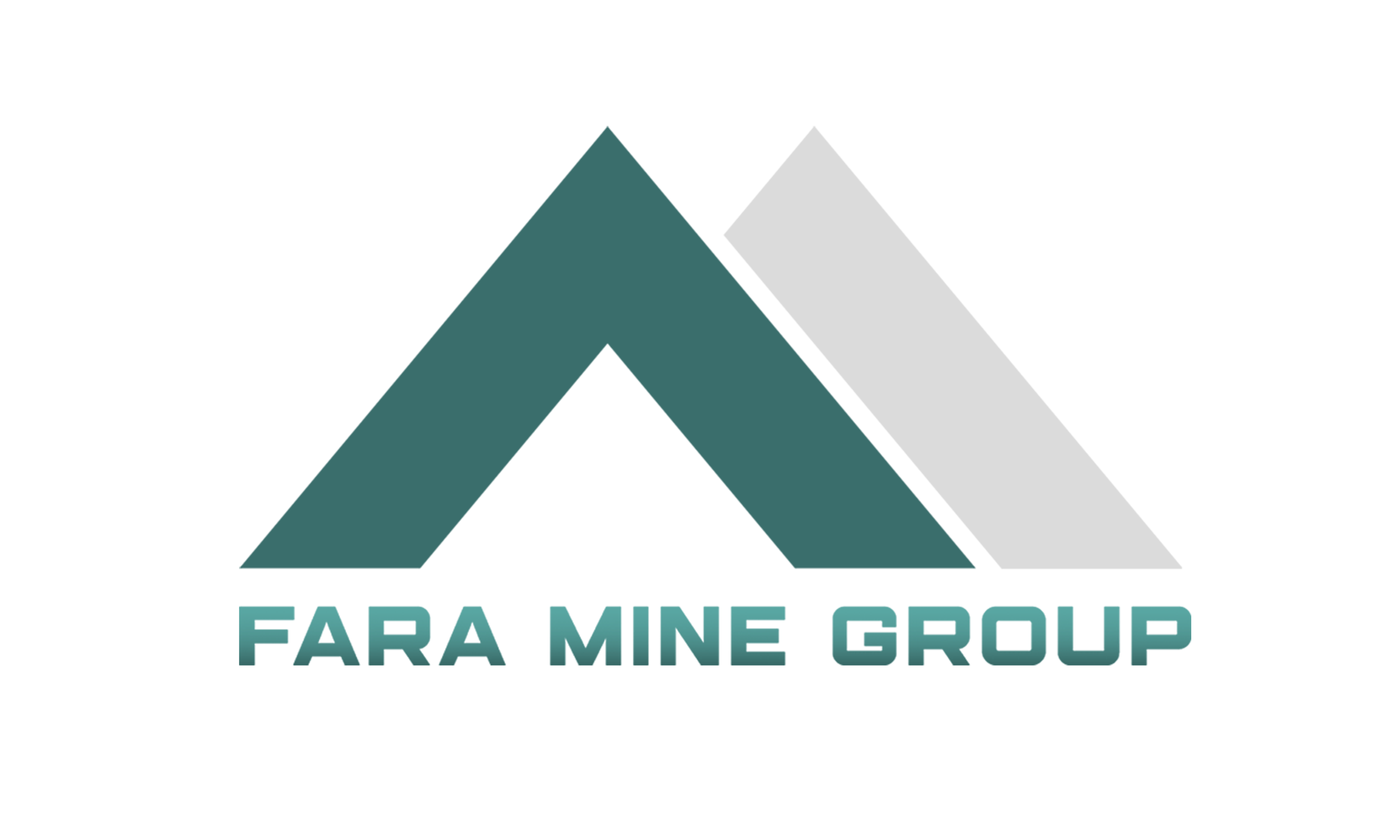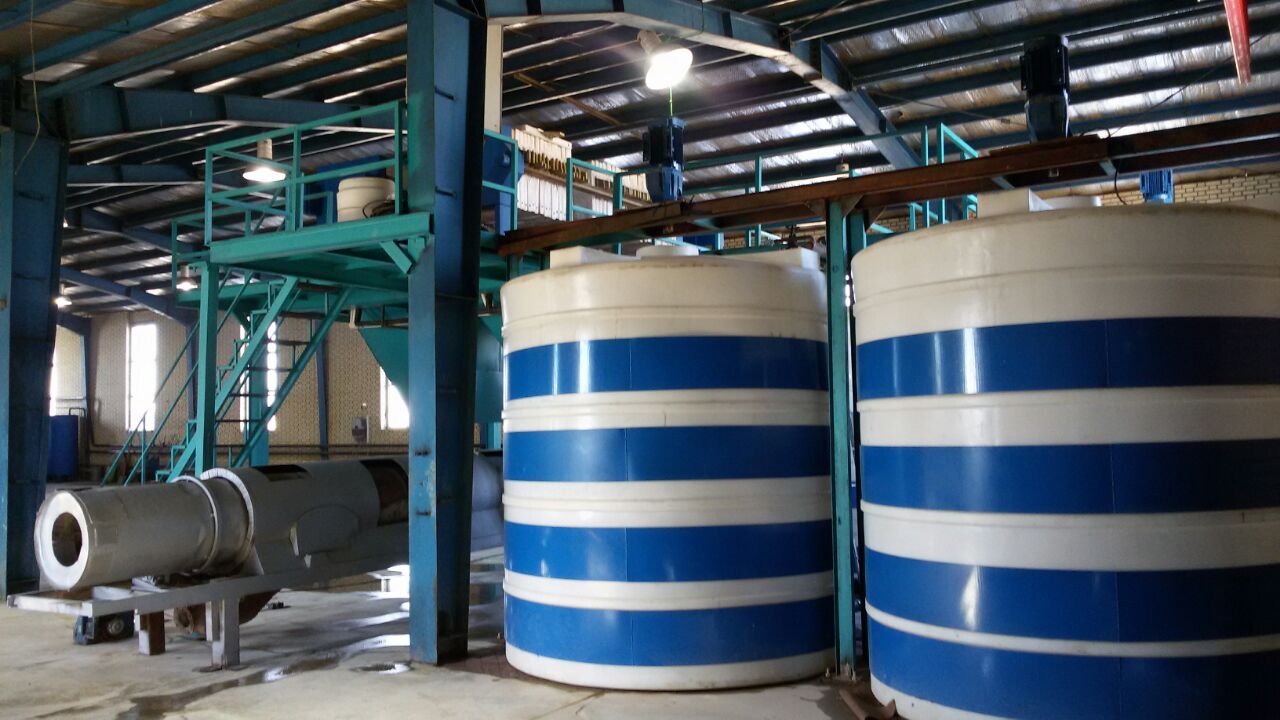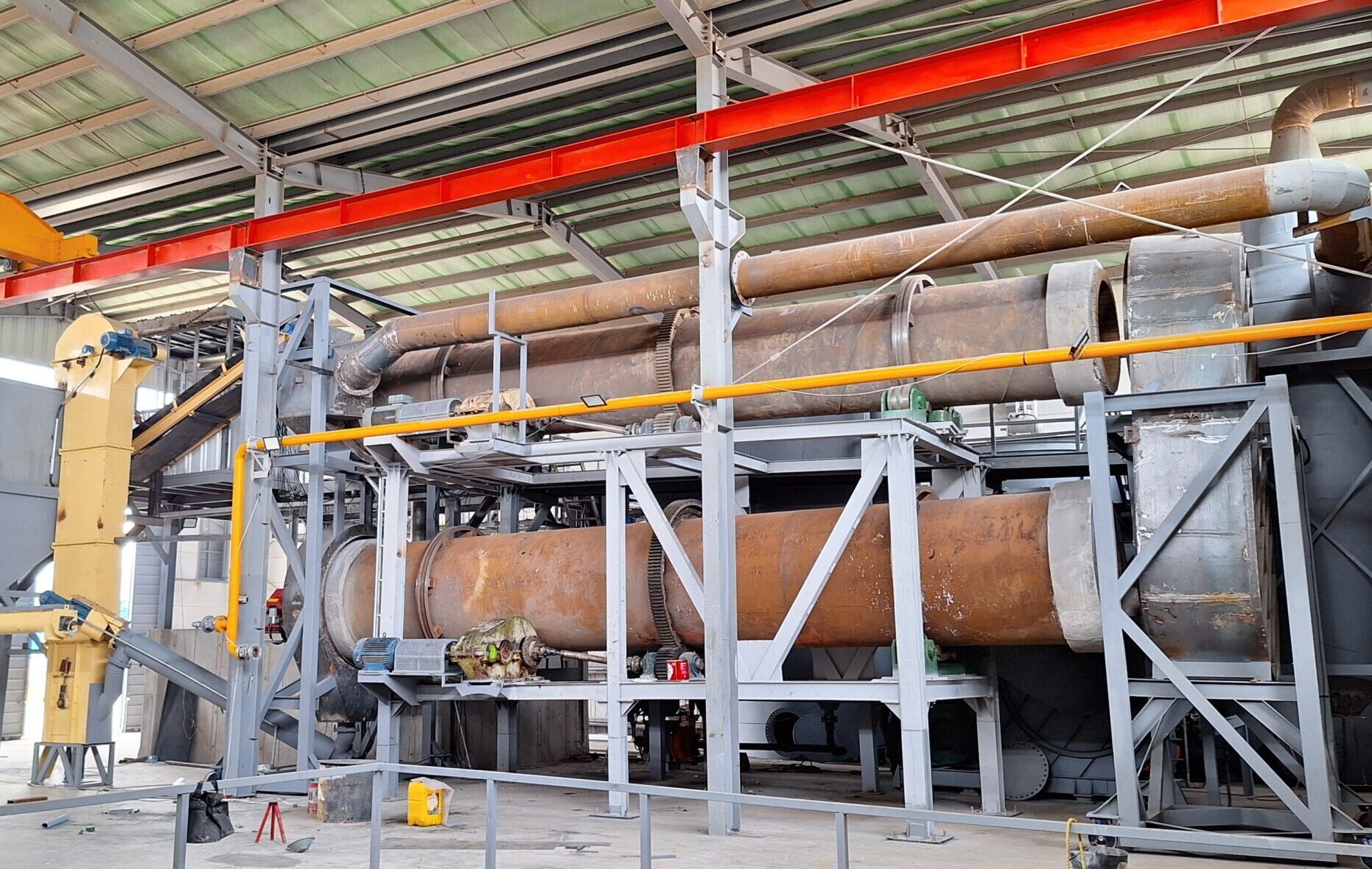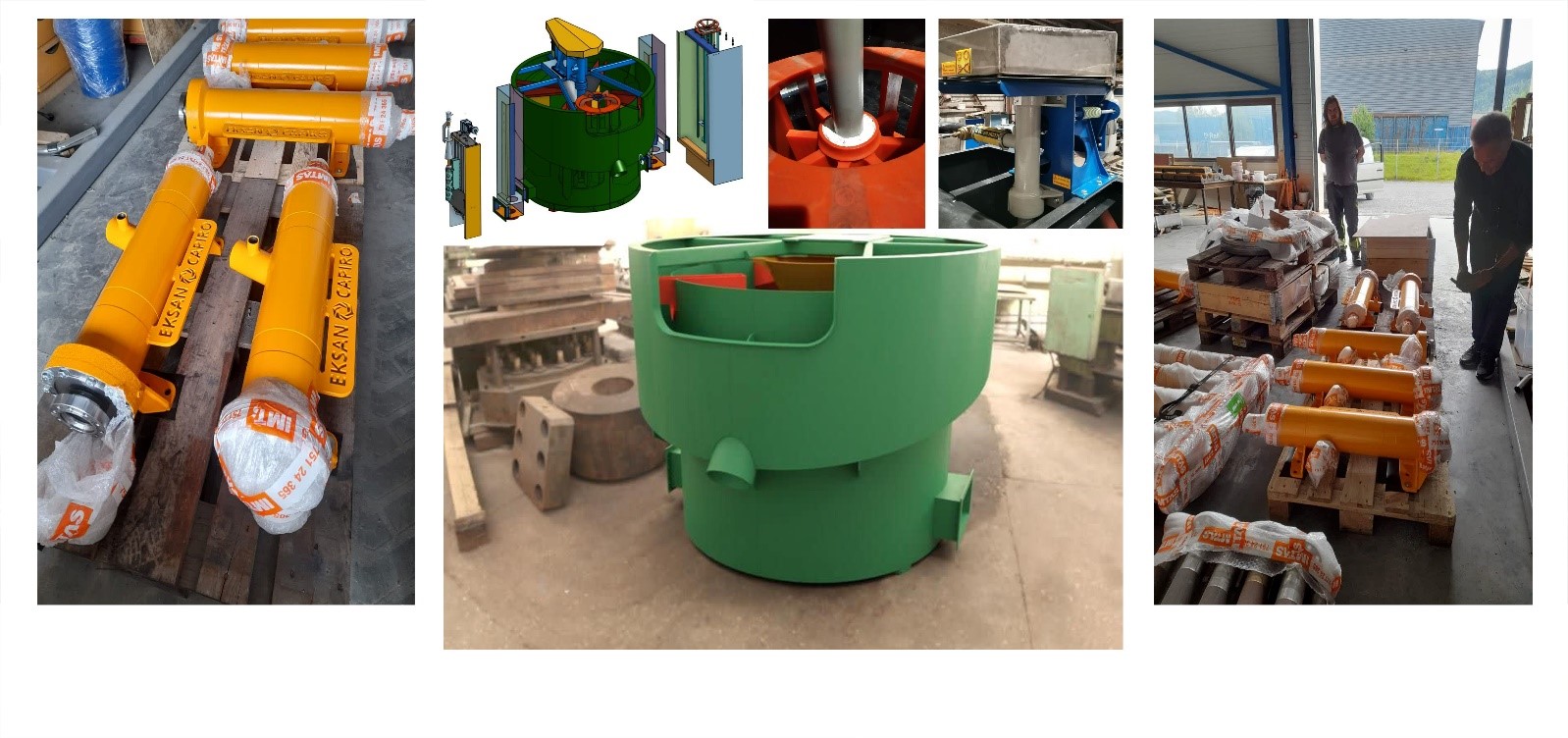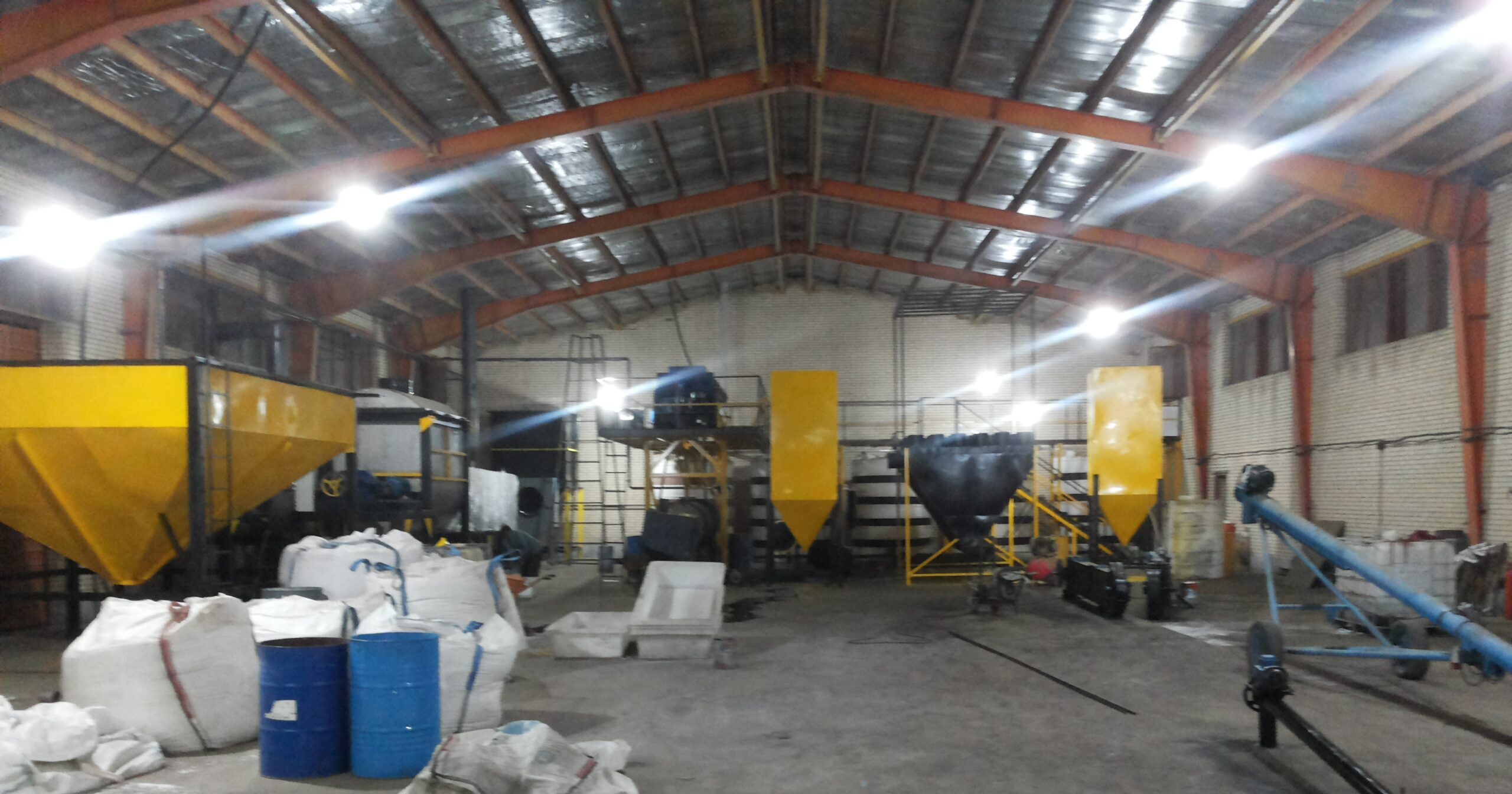Fire Assay Method
The fire assay method utilizes pyrometallurgical techniques for the thermal decomposition and analysis of precious metals. This method allows for the analysis of all precious metals, including gold. It can detect all gold phases present in the ore, such as chloride, telluride, oxide, sulfide, and silicate phases.
Step 1: Sample Preparation
Initially, the ore, suspected to contain gold, is crushed and flux materials are added. The composition and elements present in the soil determine the amount of flux required. It is crucial to select the appropriate flux material.
Soils are categorized as neutral, oxidizing, or reducing. Reducing soils typically contain sulfide and carbonate compounds that convert metal oxides to metals, for example, reducing lead oxide to its metallic form. Oxidizing soils, such as iron oxide and manganese dioxide, oxidize lead when mixed with them. Preliminary studies to identify the soil type are essential before adding flux. Once the oxidizing and reducing capabilities are determined, the appropriate flux is selected.
Step 2: Melting
After determining the suitable amount of materials, the entire mixture is placed in a melting crucible and heated in a furnace. Once melted, the materials are transferred to a cast iron dish. The metallic portion of the molten material, which includes lead alloy and precious metals, settles at the bottom due to its high density, while the other materials containing impurities form the slag on top.
Step 3: Cupellation
The lower part, which contains the lead alloy with precious metals, is separated from the slag. This material is placed in a cupel, and approximately four times the expected gold content in the ore is added as silver to the molten alloy. The cupel is then heated in a furnace. During heating, lead oxidizes and moves to the slag, while the silver and gold alloy, which resist oxidation, remains in the melt.
Step 4: Gold Separation
The silver and gold alloy is transferred to warm nitric acid, which dissolves the silver while leaving the gold behind. To determine the gold concentration, the residue is dissolved in aqua regia and analyzed using ICP or atomic absorption spectroscopy to quantify the gold in the solution.
Faramin Asia Mining and Industrial Group, utilizing hydrometallurgical and pyrometallurgical sciences along with the latest methods in chemical analysis, is capable of providing comprehensive laboratory services, including detailed studies and precise assays of various metals.
